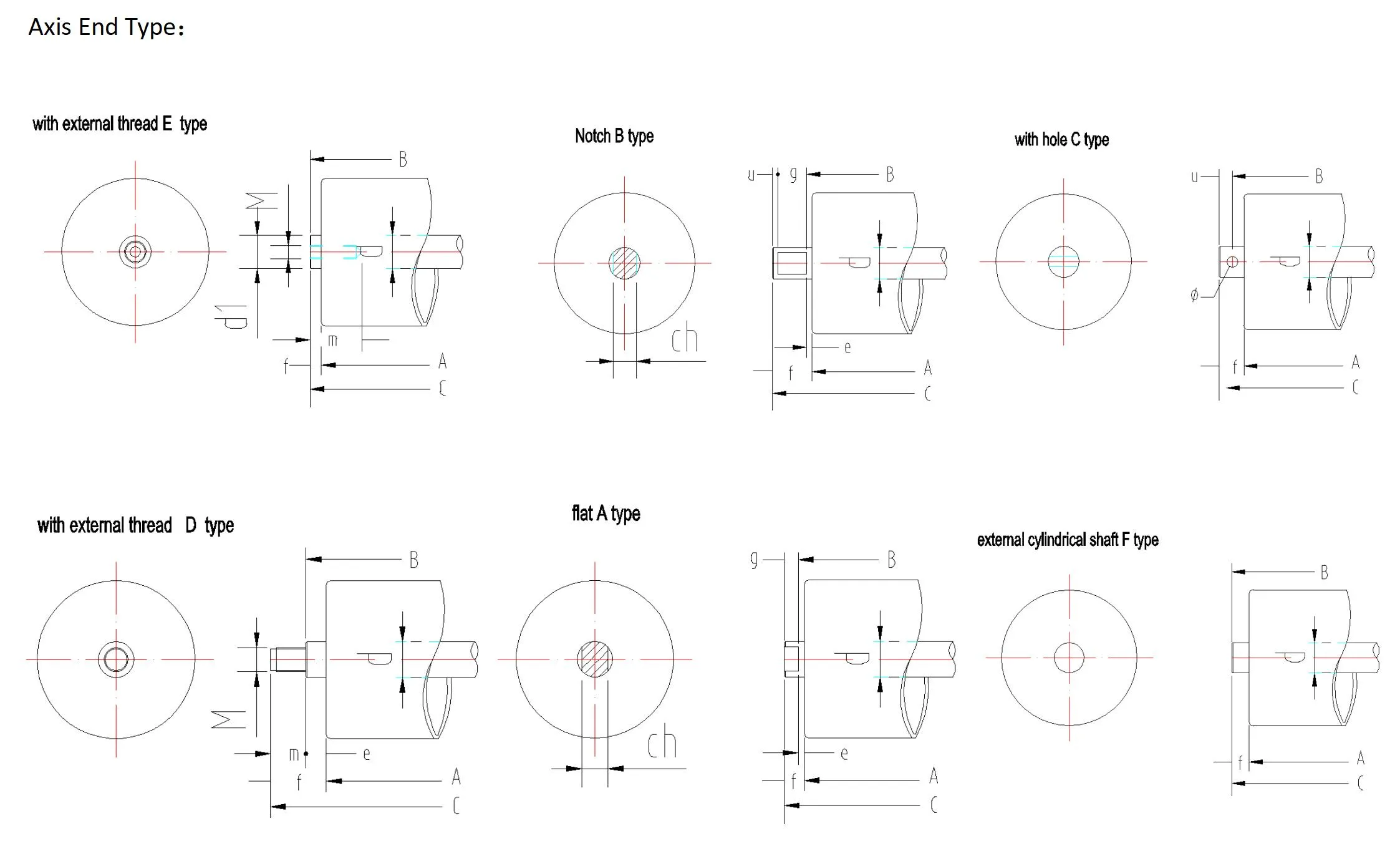 Afrikaans
Afrikaans  Albanian
Albanian  Amharic
Amharic  Arabic
Arabic  Armenian
Armenian  Azerbaijani
Azerbaijani  Basque
Basque  Belarusian
Belarusian  Bengali
Bengali  Bosnian
Bosnian  Bulgarian
Bulgarian  Catalan
Catalan  Cebuano
Cebuano  Corsican
Corsican  Croatian
Croatian  Czech
Czech  Danish
Danish  Dutch
Dutch  English
English  Esperanto
Esperanto  Estonian
Estonian  Finnish
Finnish  French
French  Frisian
Frisian  Galician
Galician  Georgian
Georgian  German
German  Greek
Greek  Gujarati
Gujarati  Haitian Creole
Haitian Creole  hausa
hausa  hawaiian
hawaiian  Hebrew
Hebrew  Hindi
Hindi  Miao
Miao  Hungarian
Hungarian  Icelandic
Icelandic  igbo
igbo  Indonesian
Indonesian  irish
irish  Italian
Italian  Japanese
Japanese  Javanese
Javanese  Kannada
Kannada  kazakh
kazakh  Khmer
Khmer  Rwandese
Rwandese  Korean
Korean  Kurdish
Kurdish  Kyrgyz
Kyrgyz  Lao
Lao  Latin
Latin  Latvian
Latvian  Lithuanian
Lithuanian  Luxembourgish
Luxembourgish  Macedonian
Macedonian  Malgashi
Malgashi  Malay
Malay  Malayalam
Malayalam  Maltese
Maltese  Maori
Maori  Marathi
Marathi  Mongolian
Mongolian  Myanmar
Myanmar  Nepali
Nepali  Norwegian
Norwegian  Norwegian
Norwegian  Occitan
Occitan  Pashto
Pashto  Persian
Persian  Polish
Polish  Portuguese
Portuguese  Punjabi
Punjabi  Romanian
Romanian  Russian
Russian  Samoan
Samoan  Scottish Gaelic
Scottish Gaelic  Serbian
Serbian  Sesotho
Sesotho  Shona
Shona  Sindhi
Sindhi  Sinhala
Sinhala  Slovak
Slovak  Slovenian
Slovenian  Somali
Somali  Spanish
Spanish  Sundanese
Sundanese  Swahili
Swahili  Swedish
Swedish  Tagalog
Tagalog  Tajik
Tajik  Tamil
Tamil  Tatar
Tatar  Telugu
Telugu  Thai
Thai  Turkish
Turkish  Turkmen
Turkmen  Ukrainian
Ukrainian  Urdu
Urdu  Uighur
Uighur  Uzbek
Uzbek  Vietnamese
Vietnamese  Welsh
Welsh  Bantu
Bantu  Yiddish
Yiddish  Yoruba
Yoruba  Zulu
Zulu Belt Tensioning Idler Rollers for Enhanced Conveyor Performance and Durability
The Importance of Belt Idler Rollers in Conveyor Systems
In the modern manufacturing and material handling industries, conveyor systems play a crucial role in streamlining operations and enhancing efficiency. Among the various components that make up these systems, belt idler rollers stand out as essential elements that contribute significantly to the overall functionality and performance of conveyor belts. This article delves into the importance of belt idler rollers, their types, applications, and maintenance tips.
Understanding Belt Idler Rollers
Belt idler rollers are cylindrical components that support the conveyor belt. They are typically situated at various intervals along the length of the conveyor, ensuring that the belt maintains proper tension and alignment as it moves goods from one point to another. These rollers can vary significantly in size, shape, and material, depending on the specific requirements of the conveyor system they serve.
Idler rollers can be categorized into several types
1. Flat Idlers These are the most common type of rollers, providing a flat surface for the belt to travel over. They help maintain the belt's alignment and support its weight.
2. Tripper Idlers Used for diverting the belt and allowing the material to discharge at different locations. These are crucial in scenarios where materials need to be divided or unloaded.
3. Guide Rollers These rollers help to keep the belt aligned and centered, preventing drift and ensuring efficient operation.
4. Impact Idlers Placed where materials are loaded onto the belt, impact idlers help absorb the energy from heavy loads, reducing wear and tear on the belt.
Functions and Benefits
The primary function of belt idler rollers is to support the conveyor belt. However, their benefits extend far beyond this basic role. Here are some of the key advantages of having well-designed and properly maintained idler rollers
- Load Distribution Idler rollers help distribute the weight of the belt and its cargo evenly. This distribution minimizes the stress on the belt, thus extending its lifespan.
- Reduced Friction High-quality rollers are designed to minimize friction between the belt and the rollers. This reduction in friction leads to lower energy consumption and increased efficiency.
- Proper Belt Tension Maintaining the correct tension in the conveyor belt is critical for smooth operation. Idler rollers play an essential role in ensuring that the belt is neither too tight nor too loose.
belt idler roller

- Enhanced Durability Robust idler rollers made from high-quality materials can withstand harsh operating conditions, such as exposure to moisture, chemicals, and heavy loads, thereby contributing to the overall durability of the conveyor system.
- Noise Reduction Well-maintained idler rollers can help reduce operational noise, which is beneficial for creating a better working environment
.Applications of Idler Rollers
Belt idler rollers are utilized in diverse industries, including
- Mining Used for transporting mined materials over long distances. - Food Processing Critical for moving goods in packaging and processing environments. - Logistics and Warehousing Essential in sorting and distributing packages efficiently. - Manufacturing Used in assembly lines to streamline production processes.
Maintenance Tips
To ensure the longevity and efficiency of belt idler rollers, regular maintenance is necessary. Here are some tips
- Routine Inspections Regularly inspect idler rollers for wear, corrosion, or damage. Early detection of issues can prevent more significant problems down the line.
- Lubrication Keep the bearings of the idler rollers well-lubricated to reduce friction and wear.
- Alignment Checks Ensure that all rollers are properly aligned to prevent undue stress on the conveyor belt.
- Cleanliness Keep rollers free from debris, dirt, and oil. A clean system operates more efficiently and reduces the risk of malfunctions.
- Replacement Be proactive in replacing worn or damaged rollers. Doing so can prevent downtime and increase productivity.
Conclusion
In conclusion, belt idler rollers are vital components in conveyor systems, offering essential support and enhancing the overall efficiency of material handling processes. Understanding their functions, types, and maintenance needs can help operators maximize the performance and lifespan of their conveyor systems. By prioritizing the care and upkeep of idler rollers, businesses can ensure smooth operations, reduced costs, and improved productivity.
-
Revolutionizing Conveyor Reliability with Advanced Rubber Lagging PulleysNewsJul.22,2025
-
Powering Precision and Durability with Expert Manufacturers of Conveyor ComponentsNewsJul.22,2025
-
Optimizing Conveyor Systems with Advanced Conveyor AccessoriesNewsJul.22,2025
-
Maximize Conveyor Efficiency with Quality Conveyor Idler PulleysNewsJul.22,2025
-
Future-Proof Your Conveyor System with High-Performance Polyurethane RollerNewsJul.22,2025
-
Driving Efficiency Forward with Quality Idlers and RollersNewsJul.22,2025





























